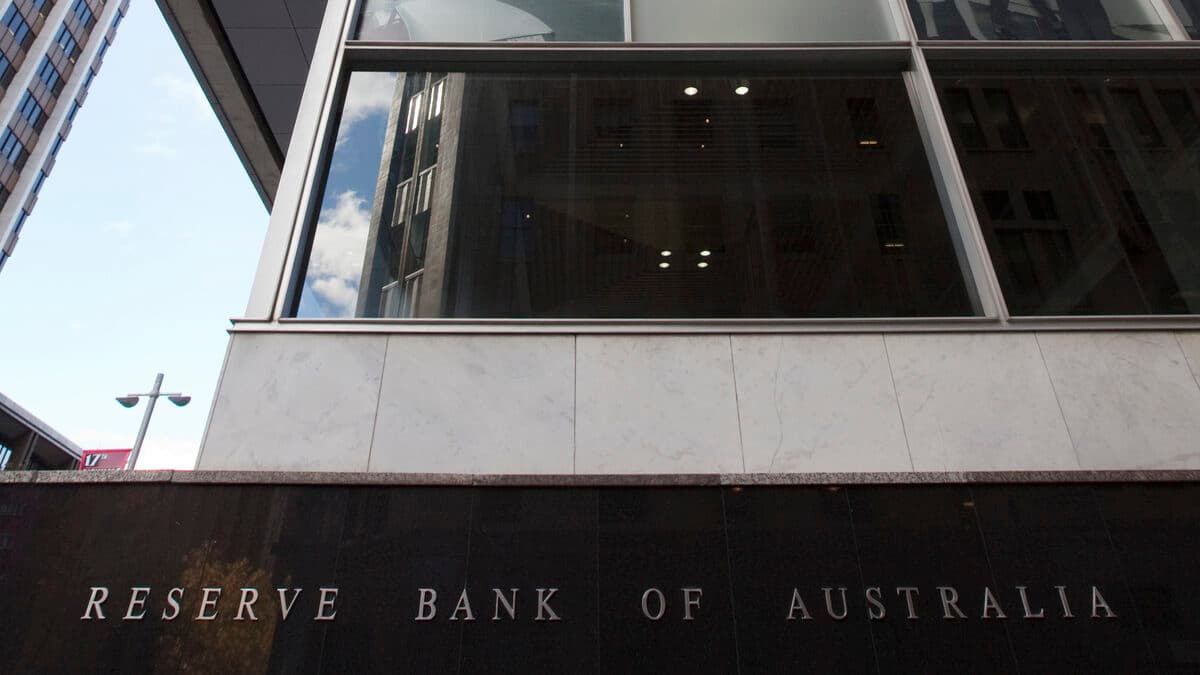Inflation is a hot topic at the moment. The Consumer Price Index (CPI) has hit a four-decade high of 6.8 per cent in the U.S. Business leaders in Australia are rightly concerned about the impact of inflation in 2022. However, the economic situation in Australia is quite different from the U.S.
What is causing inflation in the U.S?
The U.S has experienced a perfect storm of price pressures. Record-breaking wage growth of 15.31 per cent, strong demand, and supply chain breakdowns have fuelled U.S inflation.
RBA Governor Philip Lowe said U.S inflation “Reflects a combination of higher energy prices, a decline in the number of people seeking work, which has boosted wages, and a supply-side that has had trouble keeping pace with very strong demand for goods during the pandemic.”
How inflation is impacting Australia
Across the Pacific, Australia is facing a different set of economic circumstances. Wage growth is still slow, and national supply chains are largely intact. In fact, Australia has hit its inflation target for the first time in six years.
Governor Lowe said, “In underlying terms, inflation is 2.1 per cent and has only just returned to the 2–3 per cent target range for the first time in six years.”
A couple of circumstances can explain Australia’s so far lucky escape.
Governor Lowe explains, “The first is the different dynamics in electricity and gas prices. Here in Australia, electricity prices have declined, while, in contrast, they have increased sharply in a number of countries.
“The second factor is that wages growth remains relatively low in Australia. While aggregate wages growth has picked up recently, it has only returned to the low rates prevailing before the pandemic.”
Headline inflation is the raw inflation figure reported through the CPI. Headline inflation can be a volatile measure that reflects price changes in particular items caused by fluctuations in commodity markets, agricultural conditions, policy changes, or seasonal or infrequent price resetting.
Underlying inflation or the trimmed-mean rate of inflation is defined as the average rate of inflation after ‘trimming’ away a certain percentage of the distribution of price changes at both ends of that distribution.
Governor Lowe said, “In headline terms, it is higher than this at around 3 per cent, largely due to higher prices for petrol and constructing a new home. Nevertheless, headline inflation in Australia is much lower than it is in the North Atlantic.”
How does inflation impact SMEs?
Small businesses often bear the greatest brunt of long-run inflationary pressure. One of the fundamental impacts of inflation is the erosion of the dollar. As prices of goods and services go up, the purchasing power currency carries goes down.
Reduced purchasing power means that businesses will sell less and potentially lower profits. Lower profits mean decreased ability to grow or invest in the company.
In a worst-case scenario, businesses can find themselves in a situation where they have paid high prices for goods they cannot sell.
One classic impact of inflation on SMEs is an increased cost of borrowing and wages. In Australia’s case, this is unlikely to happen under the current situation.
In most instances of inflation, a central bank would react by increasing the cash rate, resulting in increased borrowing costs and slowing wage growth and spending. Essentially “cooling off” the economy.
This time around that isn’t a prudent option. If the RBA were to increase the cash rate at the moment to combat mild inflation, Australia’s long-term economic recovery would suffer.
Growth in wages is a core goal of the RBA’s policy setting. Keeping the cash rate low encourages wage growth and low-run economic growth. The RBA is anticipating a steady increase in both wages and inflation over the next two years.
“The expected pick-up in wages growth is forecast to be associated with a steady but gradual increase in inflation in underlying terms. In the RBA’s central scenario, published in early November, underlying inflation is expected to increase to 2½ per cent over 2023. So, we are in quite a different position from the United States.”
What business can do to safeguard against inflation
Should Australia be impacted by long-lasting inflation, how businesses manage price increases may be the difference between struggling and thriving.
Inflation is a perfect opportunity to scrutinise and optimise business practice. A business can cut costs and maintain profitability in a slowing market by streamlining operations. This way, a company can shift its production to focus on higher profit products, protecting the bottom line.
During inflationary times, the price of everything goes up. Businesses will have to consider price hikes to stay in alignment with the rising costs in the market. It pays to be proactive by strengthening product pricing and improving competitive market position.
Business supply chains can be long, complex, and very vulnerable to changes in price and demand. Businesses can prepare for inflation by protecting their supply chains, especially when dealing in physical goods.
Some risks to SME supply chains are:
- Over-dependence on a single supplier
- Using long-lead-time suppliers such as imports
- Heavy, bulky, hazardous, or perishable products that are hard to store
- Materials passed through a “just-in-time” supply chain
Being proactive is key. Businesses that plan ahead and anticipate wage increases, higher material prices, and disruptions in their supply chain will fare better. Whenever a company is faced with a forecasted scenario, it should consider the amount of money needed to get through each situation.
The takeaway; unusual inflation has unusual impacts and only time will tell what happens in 2022. The best thing small businesses can do is remain aware of their market and individual situation.
Read more:Australia’s mid-year budget update notes strong economic recovery and a smaller budget deficit
Read more:Weak Australian dollar fuels inflation fear
Keep up to date with our stories on LinkedIn, Twitter, Facebook and Instagram.

